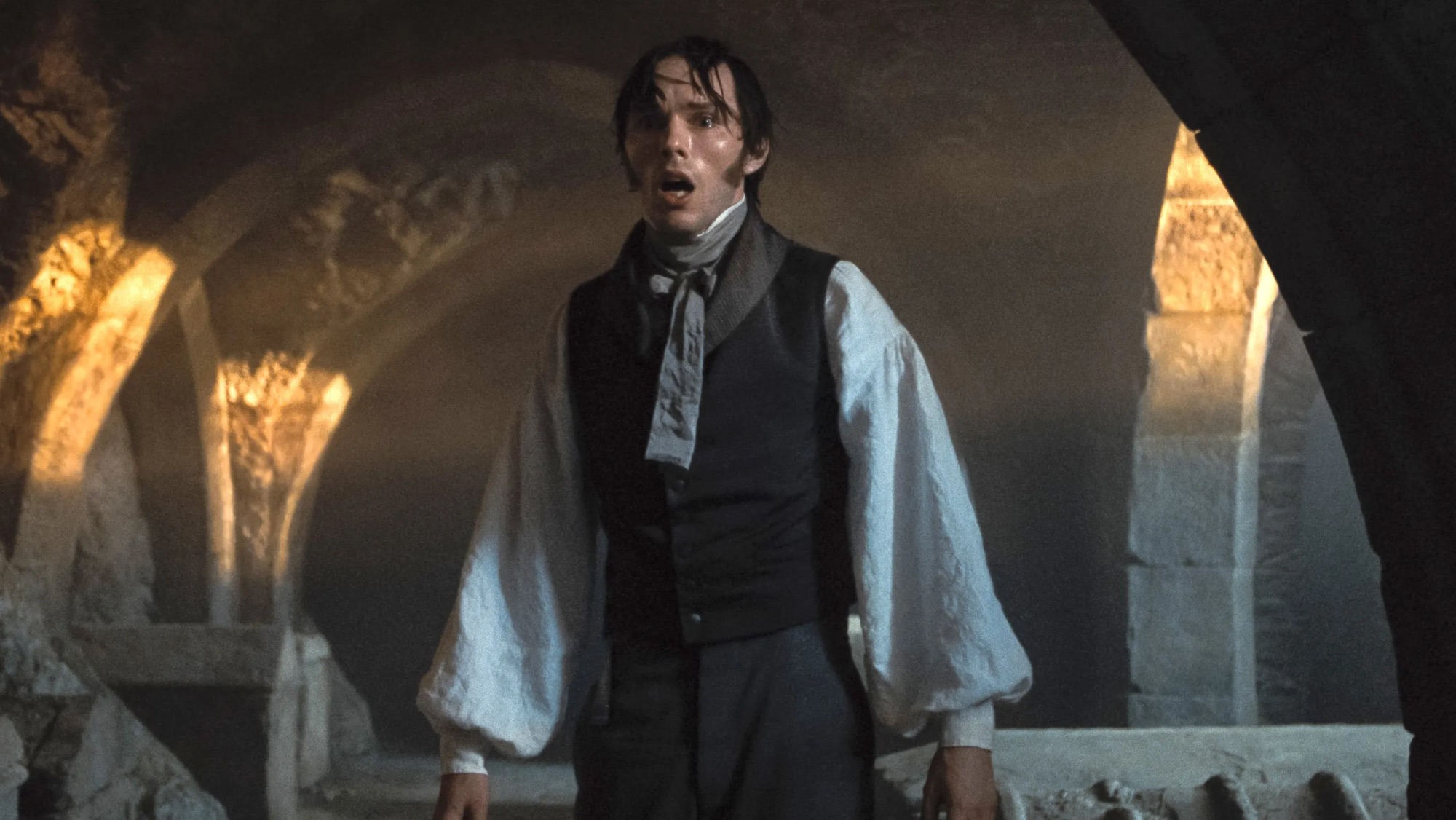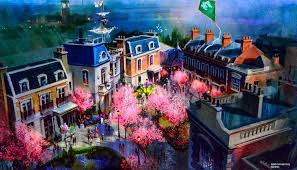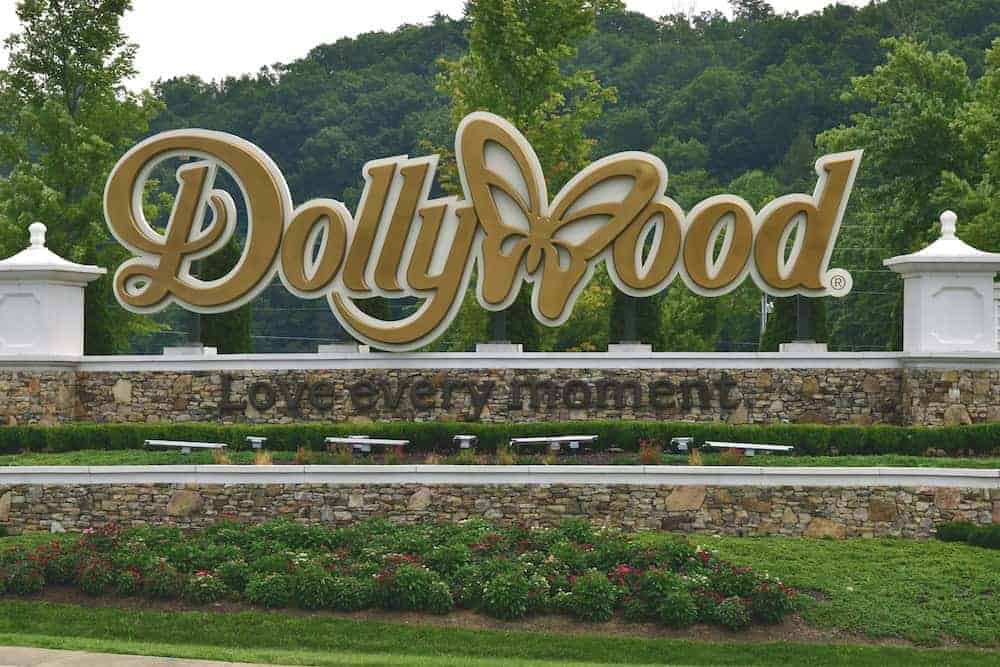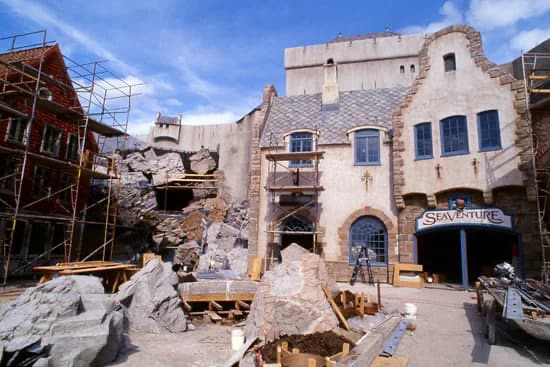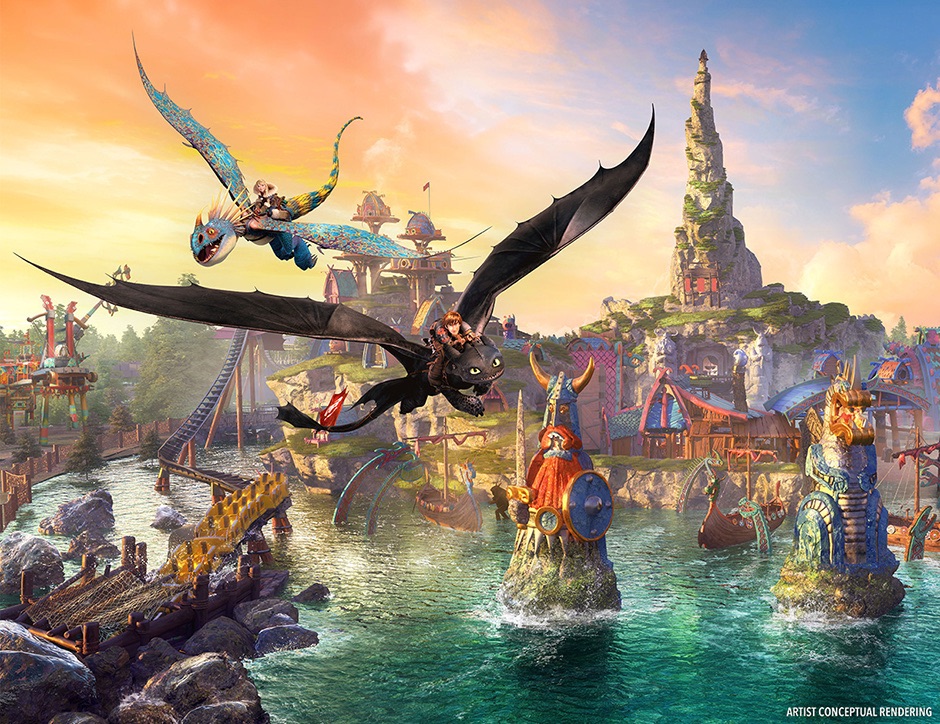Robert Eggers’ 2024 Nosferatu is not just a remake—it’s a resurrection. A reimagined fever dream carved in chiaroscuro shadows and blood-soaked elegance, it resurrects the terrifying legacy of one of cinema’s most iconic monsters. And as a long-time Halloween Horror Nights (HHN) attendee, it was impossible to watch this film without imagining how seamlessly it could translate into a haunted house at Universal Orlando.
When I watched Nosferatu, I was instantly reminded of the 2009 HHN event, Ripped from the Silver Screen. That year, walking through houses based on Dracula, The Wolfman, and other silver screen classics was a dream come true for vintage horror fans. The elaborate sets, reverence for the source material, and that unmistakable atmosphere of old-world dread were unforgettable. Eggers’ Nosferatu feels like a spiritual successor to that legacy, and there’s no better candidate for a 2025 haunted house than this film.

A Masterpiece of Gothic Horror
Eggers’ Nosferatu is, quite frankly, a masterclass in gothic horror. With its deliberate pacing, haunting score, and unnerving performances—most notably Bill Skarsgård as the monstrous Count Orlok—it manages the rare feat of being both a loving tribute to the 1922 classic and a bold, terrifying reinvention. The film blends shadow and substance so effectively that it feels like a living nightmare, and it’s easily one of the most visually and emotionally compelling horror films of the last decade.
Unlike many modern horror films that rely on cheap jump scares, Nosferatu thrives on creeping dread. It breathes in the silence between dialogue, in the flicker of candlelight, in the slow approach of Orlok’s spidery silhouette. It’s rich with mood and menace—exactly the kind of sensory storytelling that Universal Creative excel at translating into immersive environments.
A Natural Fit for HHN’s Cinematic Legacy
Universal has long leaned into its horror roots at Halloween Horror Nights. Over the years, we’ve walked through houses inspired by everything from Frankenstein to The Exorcist to Stranger Things. But some of the most memorable moments have come from the houses that celebrate Universal’s own legacy of horror: Dracula, The Wolfman, Frankenstein’s Monster—the very creatures that built Universal Pictures’ empire.

Eggers’ Nosferatu is a rare beast in that it revives that early 20th-century aesthetic while remaining fresh and original. With its lavish 19th-century European settings, plague-stricken towns, decaying castles, and candlelit corridors, it offers everything HHN designers need to build an experience dripping with immersive horror. Walking through a Nosferatuhouse would feel like stepping onto the very set of the film—gothic arches, ancient stairwells, rotting crypts, and Orlok’s clawed hand reaching from the shadows.
Storytelling That Transcends the Screen
One of the most exciting things about adapting Nosferatu into a haunted house is the strength of its story. This isn’t a horror film that’s scary simply because of monsters or gore—it’s a psychological descent, a tale of obsession, dread, and the collapse of the soul under the weight of darkness. Orlok isn’t just a vampire; he’s a plague, a curse, a force of nature corrupting everything he touches.
Translating this into a Halloween Horror Nights experience opens up rich narrative opportunities. Rather than simply walking through a house of monsters, guests could live the film’s descent into madness: entering the sleepy town of Wismar, watching the horror unfold room by room, and culminating in a chilling final confrontation with Orlok himself. There’s room for sensory effects—howling winds, clattering hooves, and Orlok’s rasping breath—and for psychological tricks that mess with guests’ perception, from shifting hallways to illusory mirrors.
Visuals Made for Immersion
Eggers’ direction is nothing short of breathtaking. Every frame of Nosferatu is dripping with detail: the cobbled streets slick with rain, the candle-lit manor halls, the oppressive fog rolling in from the docks. It’s the kind of world that HHN’s production teams could bring to life with remarkable authenticity.
Imagine walking through Orlok’s decaying castle, with the sound of rats scurrying underfoot, the musty smell of ancient stone, and the flicker of dying torches lighting your path. Imagine turning a corner to find Orlok standing in silhouette at the end of a corridor, unmoving—and then, without a sound, he’s suddenly inches from your face. The visual and atmospheric potential is staggering.

Nicholas Hoult as Thomas Hutter.
Audience Appeal and Iconic Horror
Nosferatu has proven itself both a critical darling and a box office hit. In a time when audiences are saturated with modern slasher flicks and found-footage horror, the success of Eggers’ vision shows that there’s a hunger for something deeper—something rooted in myth, art, and atmosphere. Count Orlok, with his unnerving presence and grotesque features, has reentered the pantheon of iconic horror figures. Skarsgård’s interpretation makes him more than a monster—he’s a creature of tragic inevitability, a walking nightmare.
For Halloween Horror Nights fans, that’s exactly the kind of character that endures. Just as Jack the Clown or The Usher has haunted guests for years, Orlok has the potential to become a staple in HHN lore—a monster who can return again and again, each time more terrifying.
Bring the Count to Life
Universal has an unparalleled opportunity here. Nosferatu is a rare film: critically acclaimed, visually stunning, narratively rich, and perfectly suited to the immersive horror experiences that Halloween Horror Nights is known for. Eggers has done more than remake a silent film—he’s reignited a legacy, and HHN is the perfect stage to keep that flame burning.
As someone who remembers the magic of those early monster-based HHN houses, I can say with confidence that Nosferatu would feel right at home among the greats. The film already lives in shadows and whispers—it’s time to bring it screaming to life.

